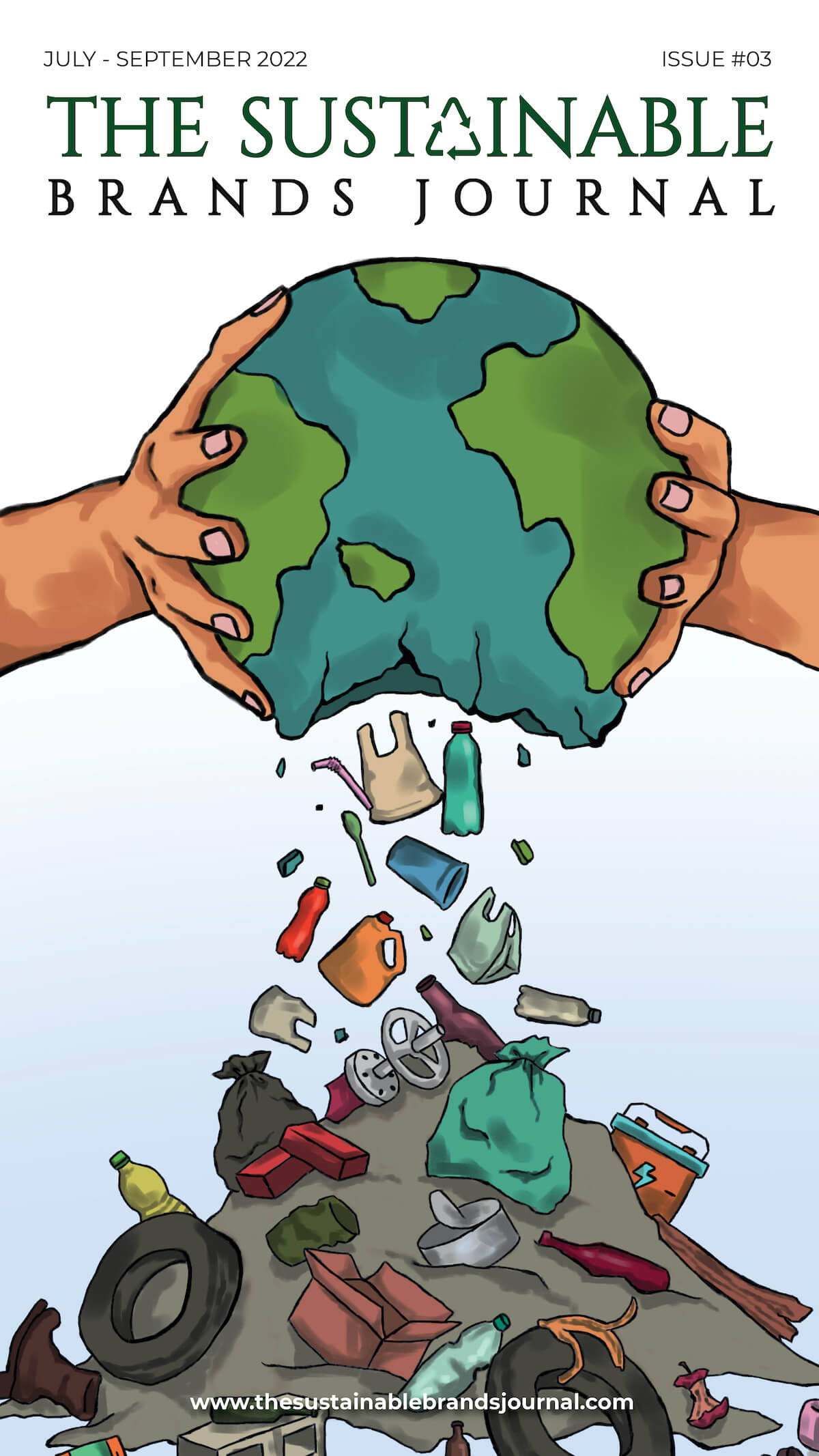
Sustainable Solutions at COP29: From Aspirations to Action
The COP29 summit in Baku, Azerbaijan, illuminated the urgent need for sustainable solutions to address the intensifying climate crisis. World leaders, activists, and negotiators gathered to discuss pathways to mitigate climate change, adapt to its impacts, and balance economic realities with environmental imperatives. Against the backdrop of powerful speeches and bold commitments, the summit highlighted how innovative approaches could translate ambitions into actionable outcomes.
Unveiling Transformative Climate Finance Mechanisms

One of the cornerstone themes of COP29 was addressing the persistent inadequacies in global climate finance. A draft framework introduced during the summit called for a monumental $1.3 trillion in annual funding by 2030, a tenfold increase from the now-expired $100 billion target established in 2009. This proposal underscores the scale of resources necessary to equip vulnerable nations with the tools for adaptation and resilience.
The new framework presented a hybrid model of financial responsibility, combining contributions from historically high-emitting developed nations with emerging economies. This structure aims to align with the principle of shared but differentiated responsibilities. While ambitious, the proposal resonated deeply with nations grappling with climate-induced disasters, offering hope for more equitable and effective support.
Sustainable Energy Transitions: Nuclear Energy as a Green Pillar

Nuclear energy emerged as a focal point for sustainable energy transitions at COP29. Six new nations endorsed the Declaration to Triple Global Nuclear Capacity by 2050, reflecting its perceived role as a low-carbon, reliable solution to meeting global energy demands. This initiative, supported by significant public and private investment, positions nuclear energy as a critical complement to renewables, particularly in countries with energy reliability challenges.
Dr. Sama Bilbao y León, Director General of the World Nuclear Association, emphasized nuclear energy’s dual potential to mitigate emissions and stabilize energy markets. However, questions remain about the long-term management of nuclear waste and the accessibility of nuclear technologies to developing economies.
Championing Locally-Led Climate Adaptation
While top-down solutions often dominate climate negotiations, COP29 gave significant attention to locally-led adaptation initiatives. The Global Center on Adaptation recognized grassroots efforts addressing food and water security, urban climate resilience, and sustainable entrepreneurship. These initiatives demonstrated the transformative power of local solutions when supported by robust global financing.
For instance, Kiribati’s solar-powered water farms and Buenos Aires’ nature-based urban cooling strategies highlighted how small-scale projects could yield outsized benefits for vulnerable communities. The recognition of these projects reinforces the need to channel more adaptation finance to locally-driven efforts.
Tackling the Influence of Fossil Fuel Lobbyists

Amid the optimism, COP29 faced criticism for its overwhelming fossil fuel lobbyist presence, outnumbering delegates from the most climate-vulnerable nations. Activists accused lobbyists of perpetuating greenwashing, evident in their push for carbon capture technologies while resisting systemic fossil fuel phase-outs. This tension between progressive agendas and entrenched industry interests underscored the complexities of achieving meaningful systemic change.
Building Momentum for Green Solutions
COP29 reaffirmed the importance of integrating innovative technologies and green practices across sectors. From scaling renewable energy infrastructure to advancing carbon credit markets under Article 6 of the Paris Agreement, the summit showcased how well-designed systems could unlock significant environmental and economic benefits.
Notable progress included the establishment of a carbon credit framework aimed at mobilizing investments in emissions-reduction projects in developing nations. This approach not only promotes sustainable development but also emphasizes accountability, ensuring that credits represent verifiable environmental impact.
Conclusion: A Path Forward
COP29 in Baku marked a pivotal moment in the global climate dialogue, reflecting both the opportunities and challenges inherent in addressing the climate crisis. The emphasis on scalable, sustainable solutions demonstrated a growing recognition of the interconnectedness of global efforts. However, achieving these goals will require bridging divides in finance, governance, and industry practices.
As the summit transitions into actionable commitments, it serves as a reminder that sustainable solutions are not just an aspiration—they are a necessity. Whether through innovative energy transitions, locally-led initiatives, or equitable climate finance, the steps taken at COP29 offer a blueprint for a more resilient and sustainable future.
Subscribe to The Sustainable Brands Journal for more environmental news, stories, interviews, and updates.

Prachi, an accomplished Chief-Editor at The Sustainable Brands Journal, has 15+ years of experience in Europe, the Middle East, and India, managing 90+ global sustainable brands. She’s a prolific writer in sustainability, contributing to various publications. Prachi’s unwavering passion and expertise make her a recognized authority, driving positive change and inspiring a sustainable future.





